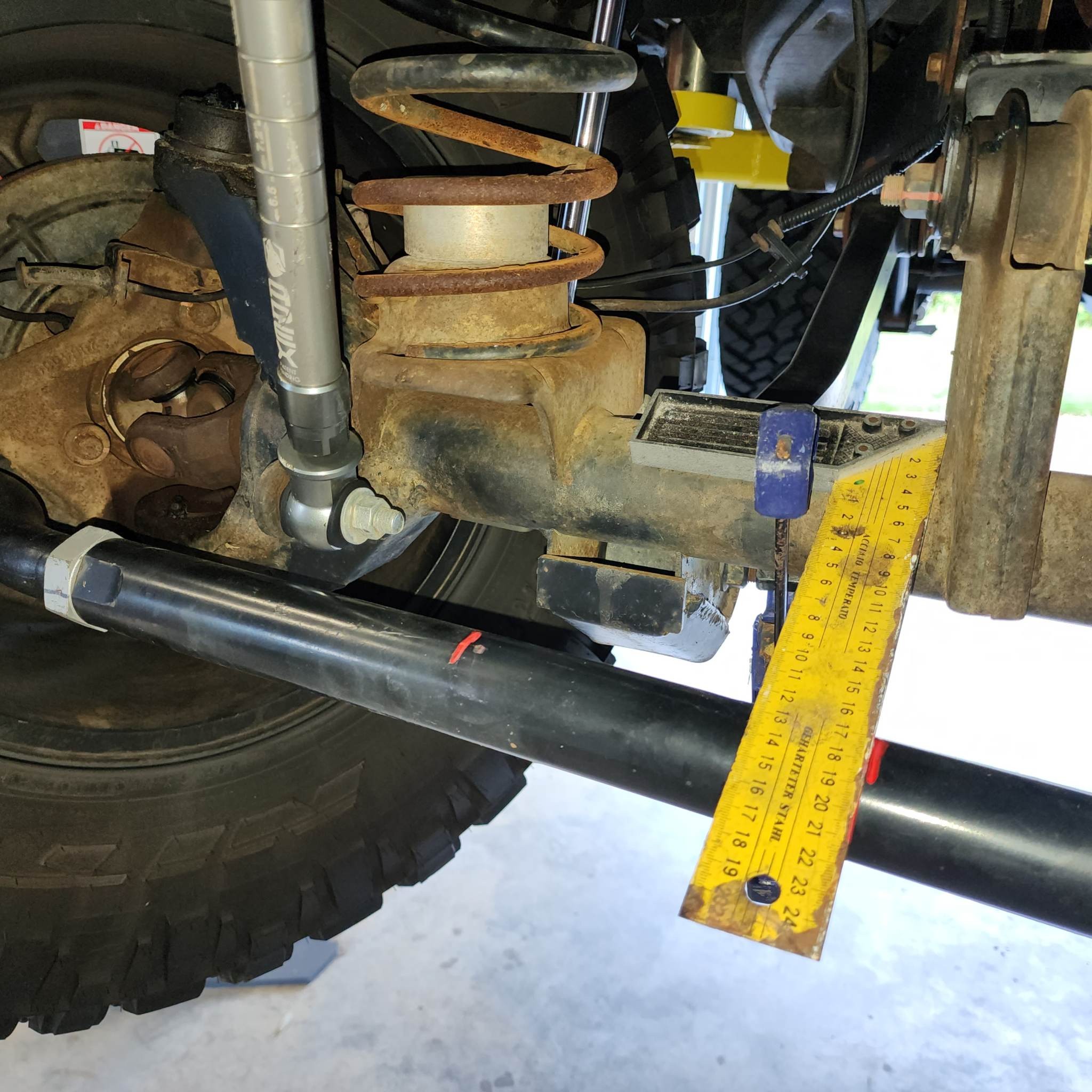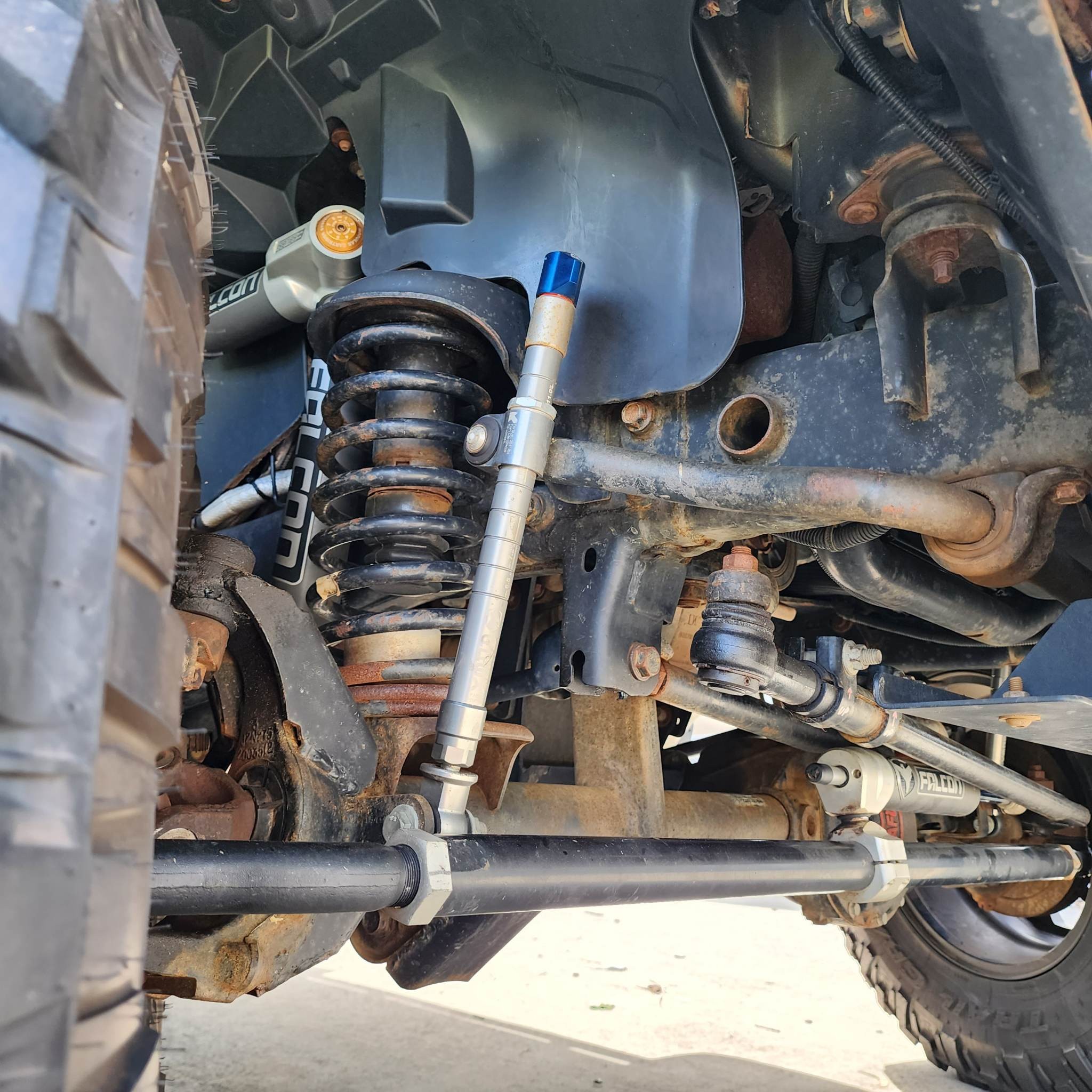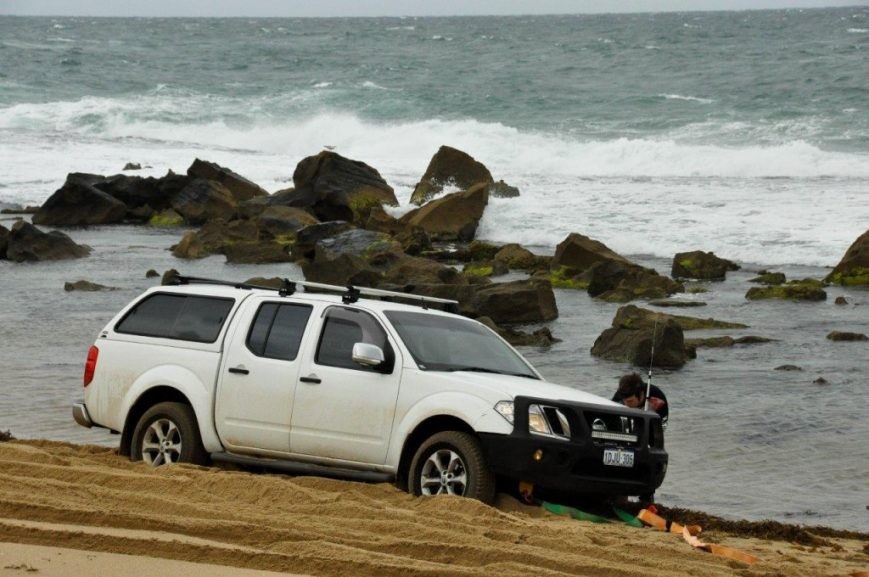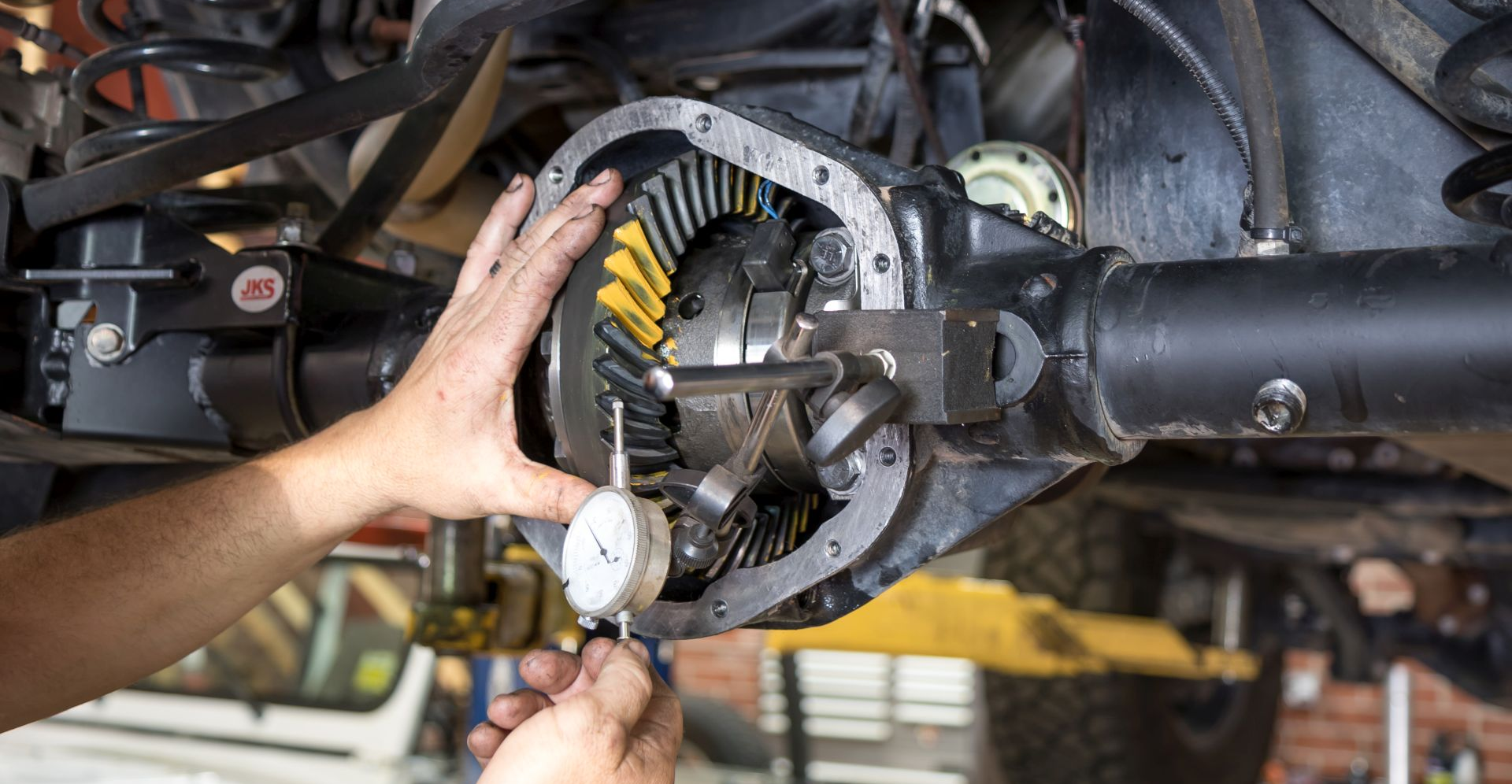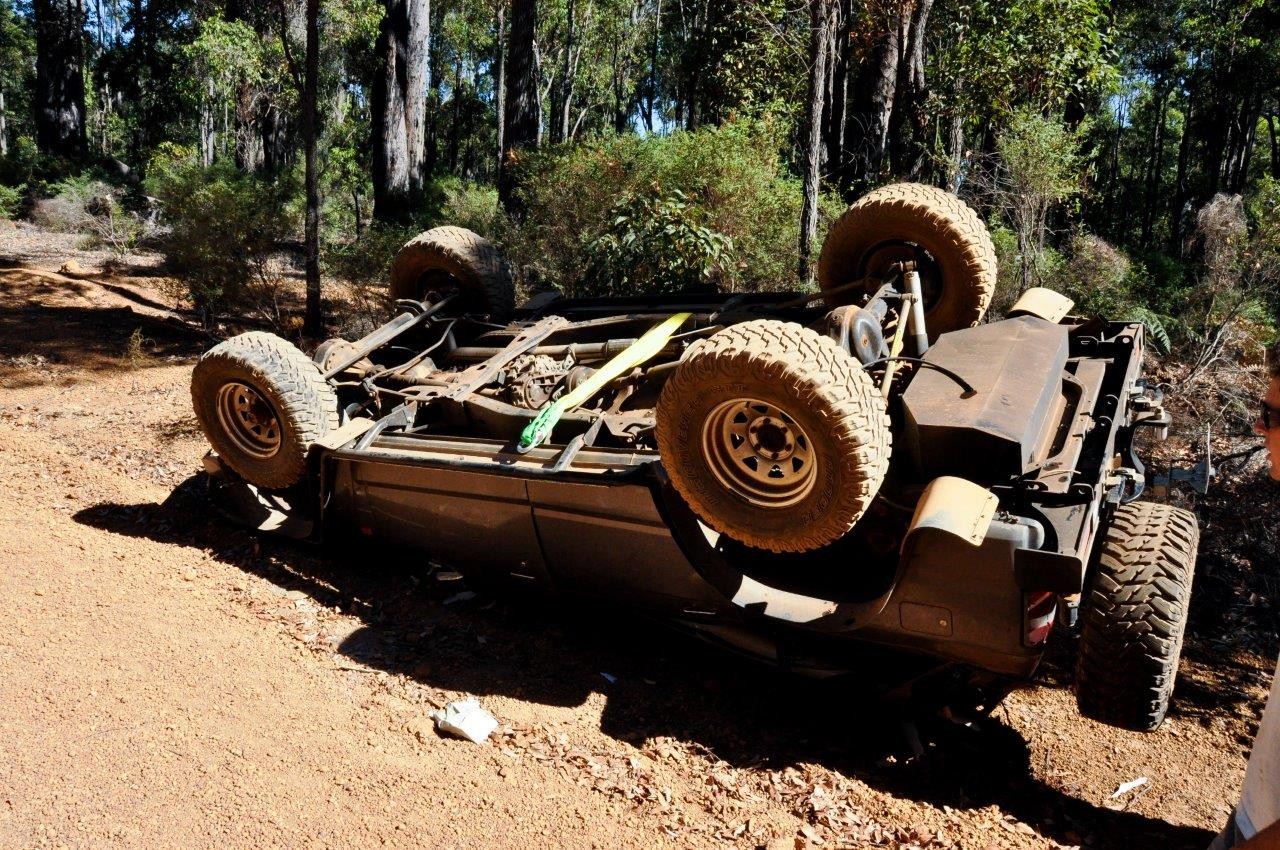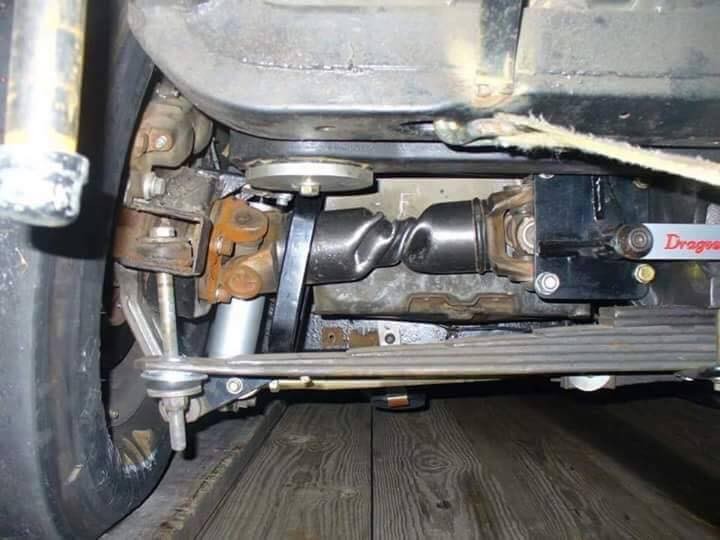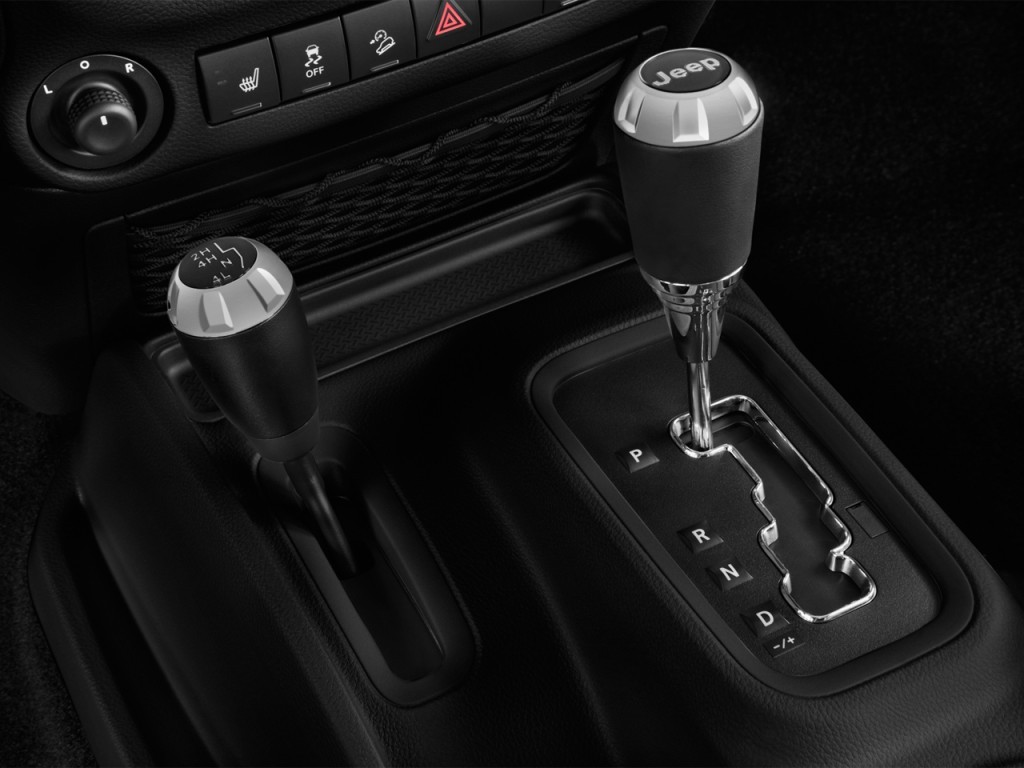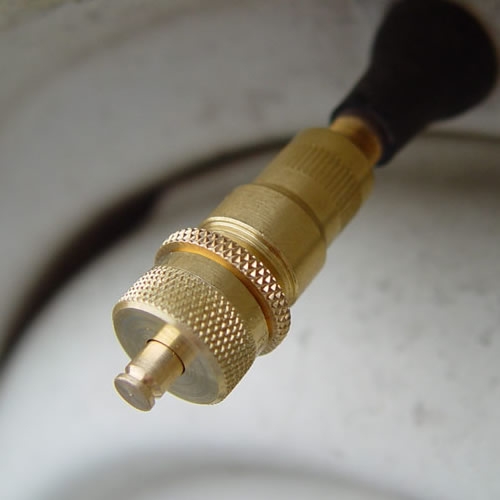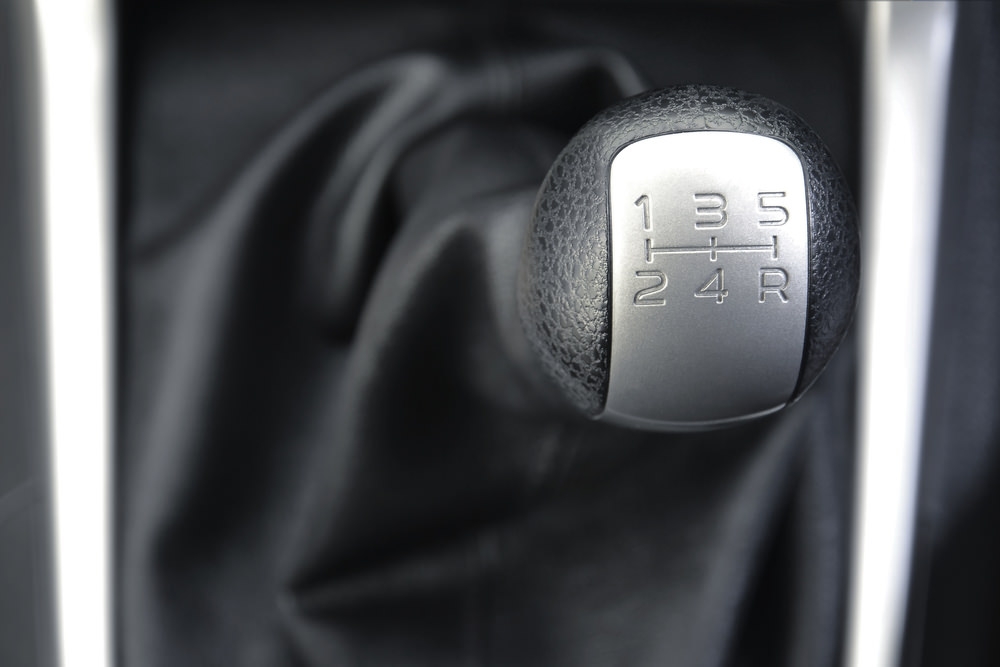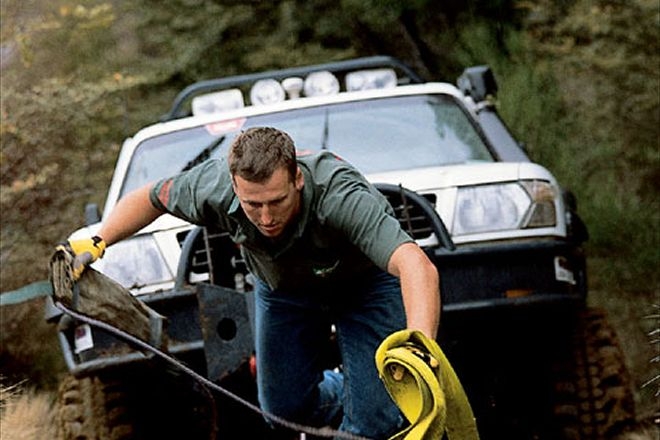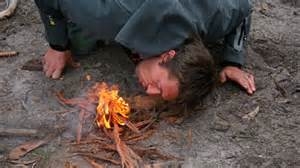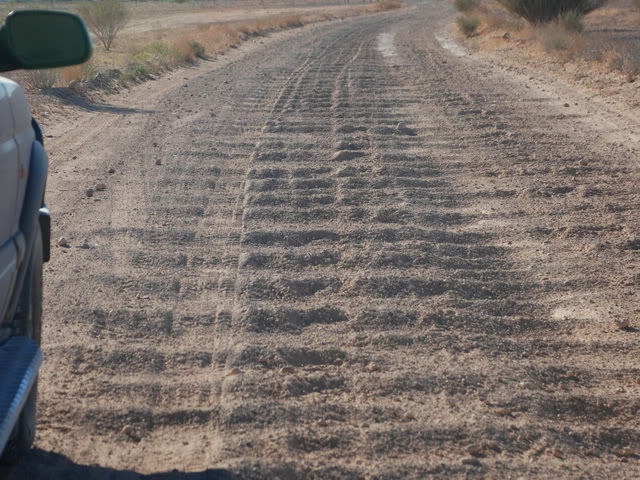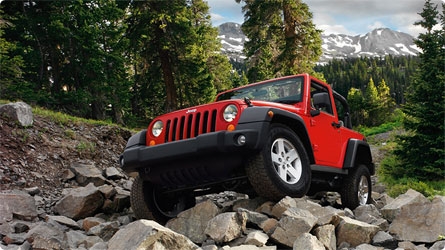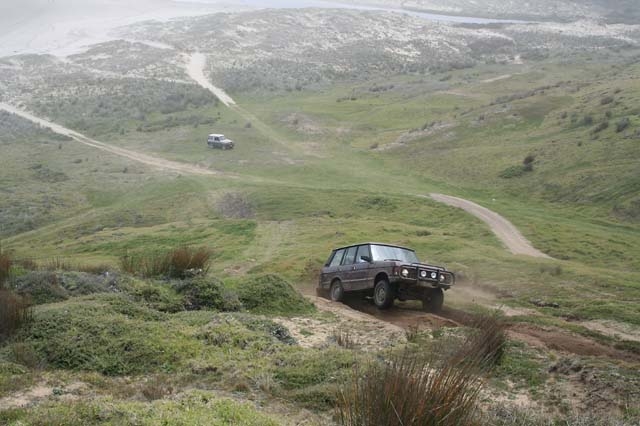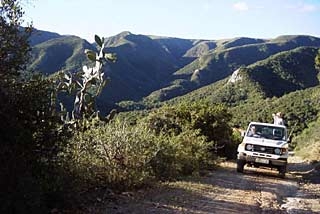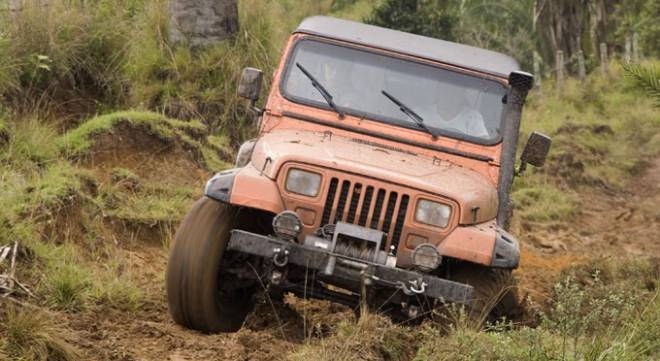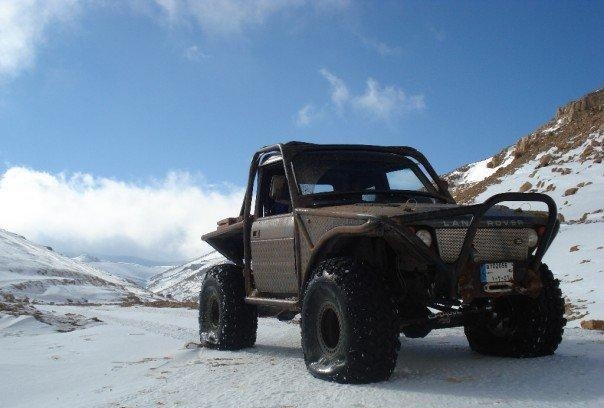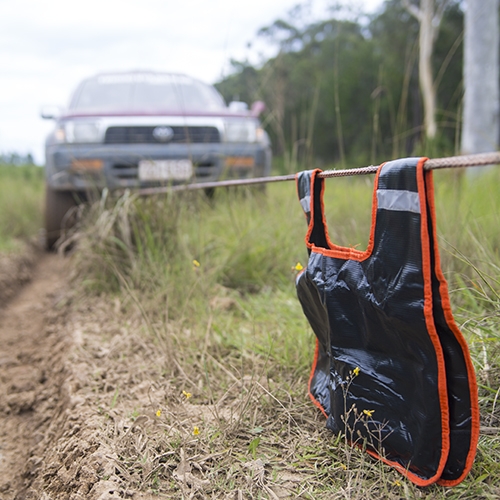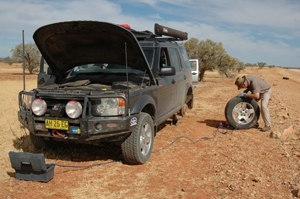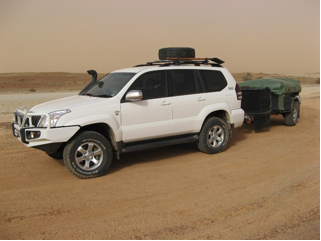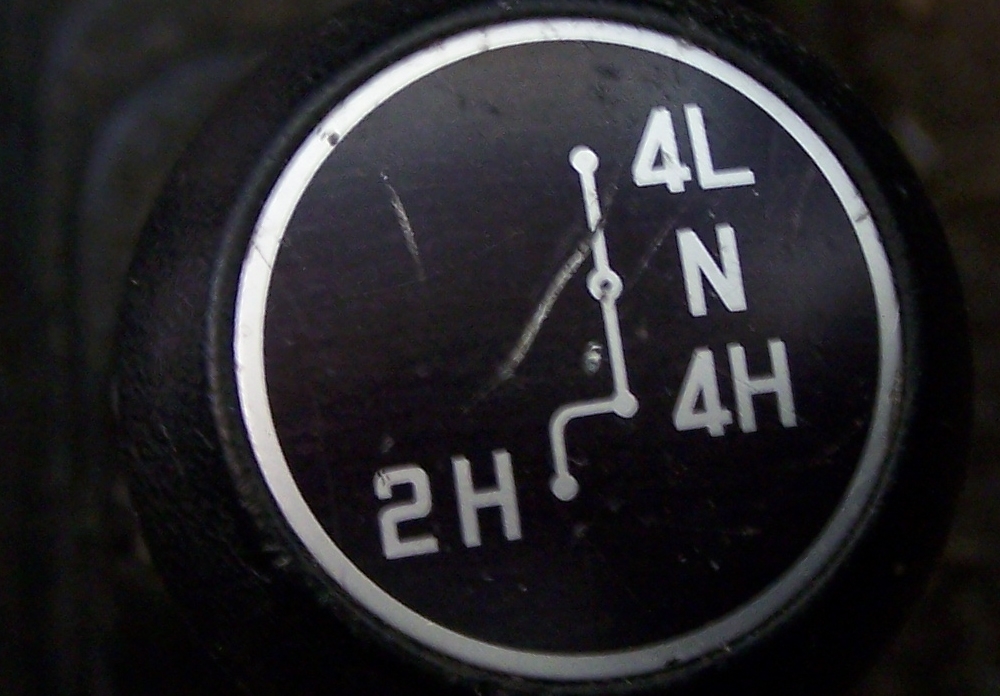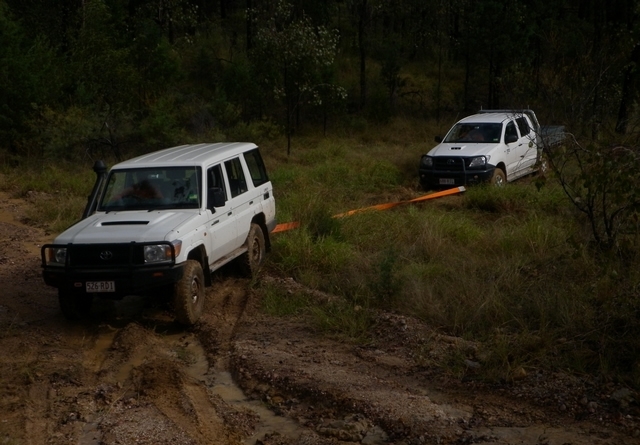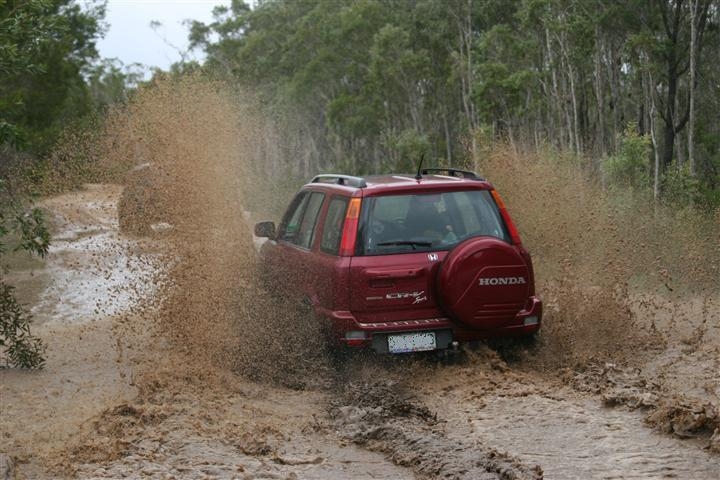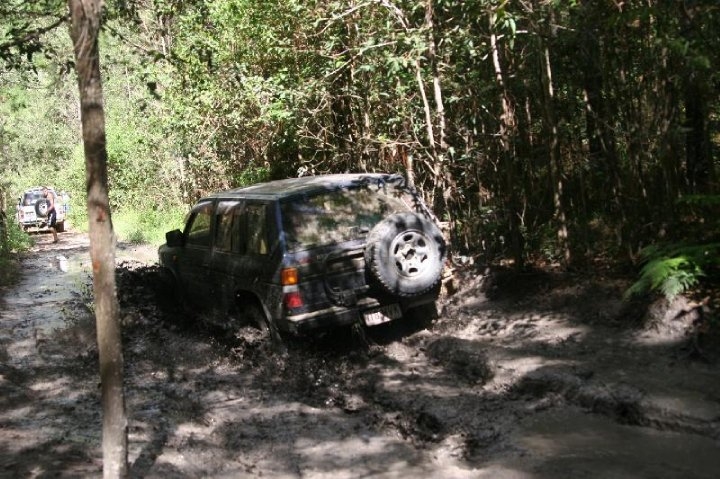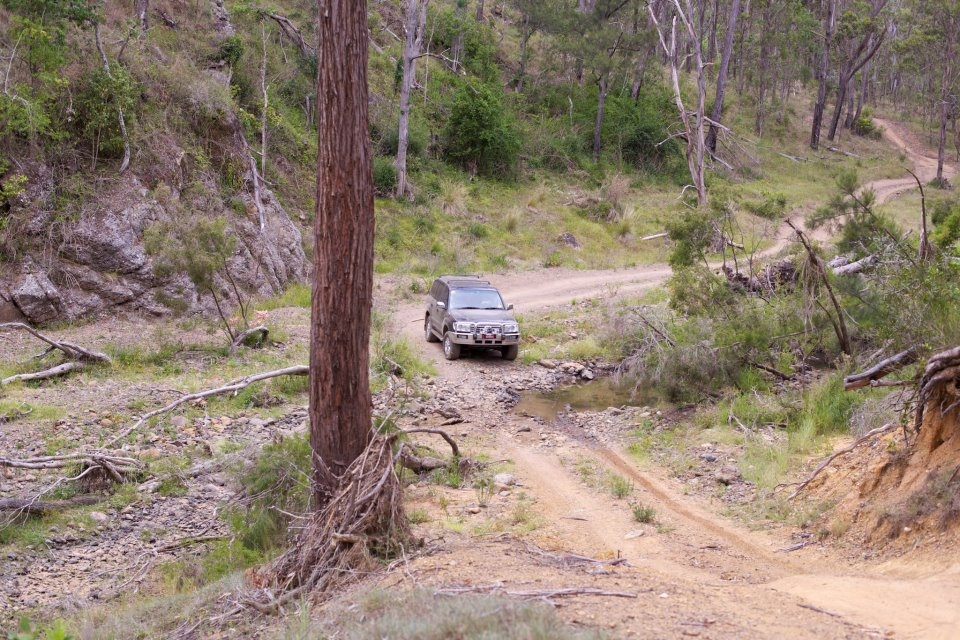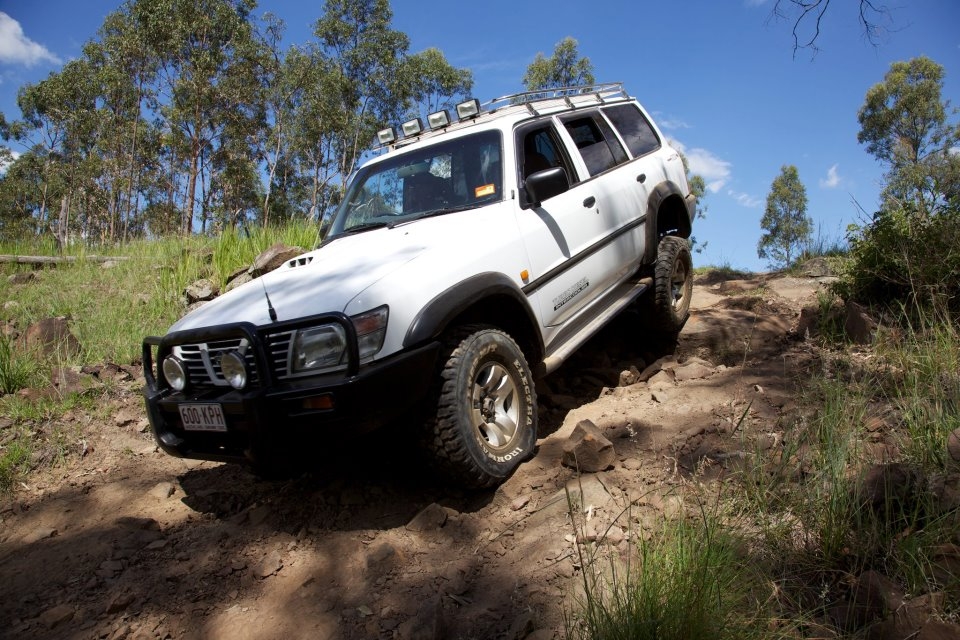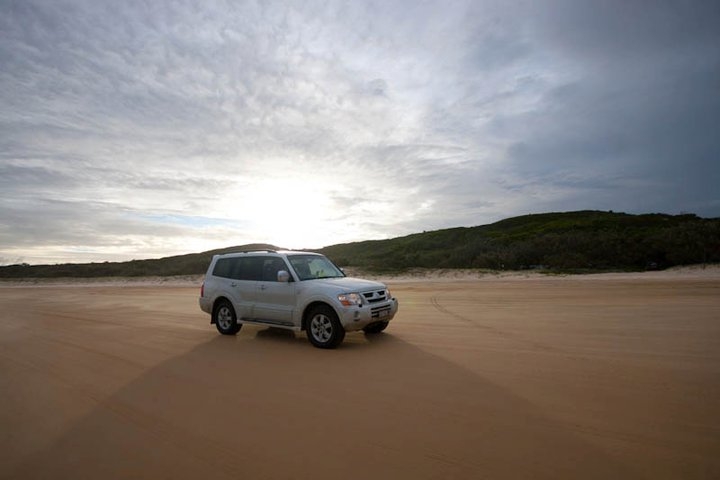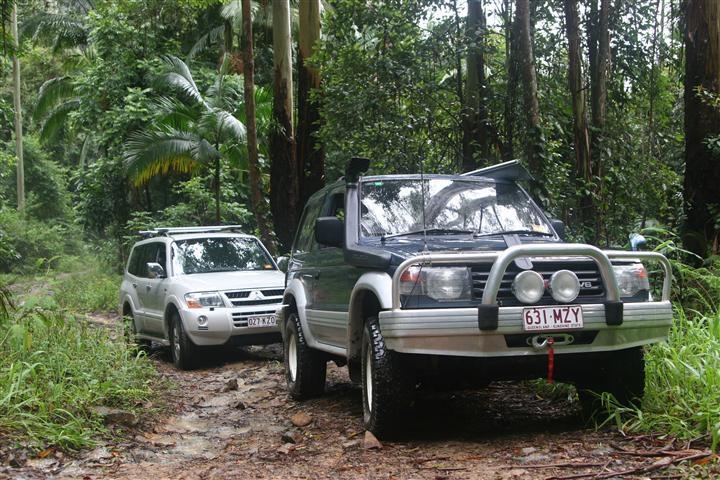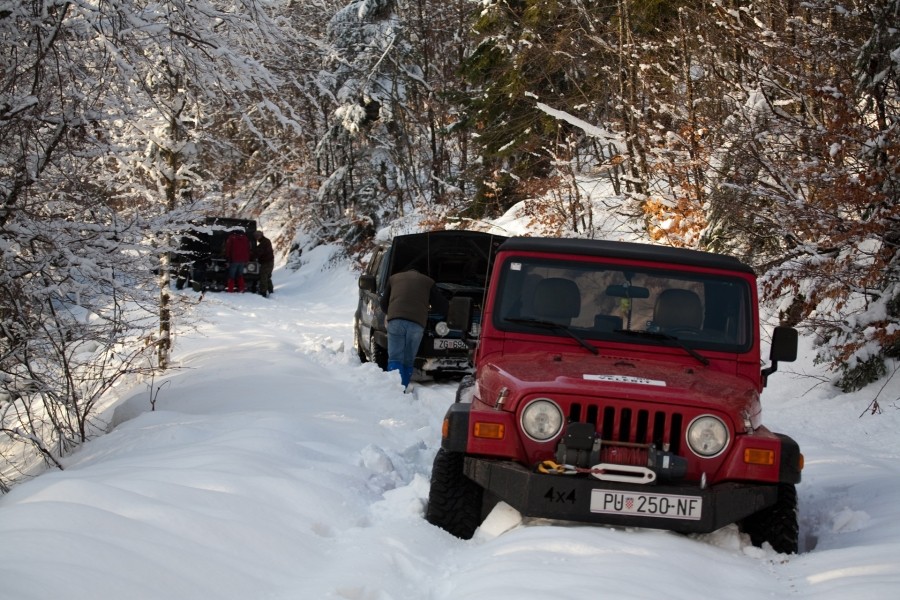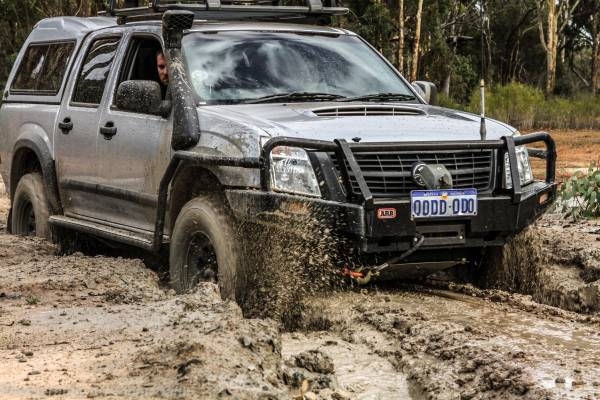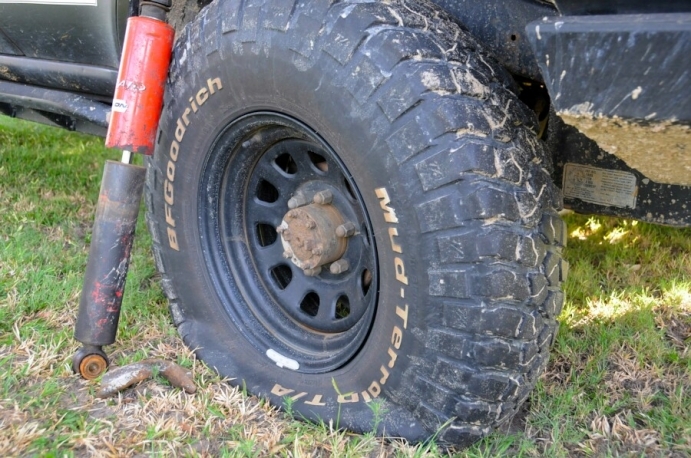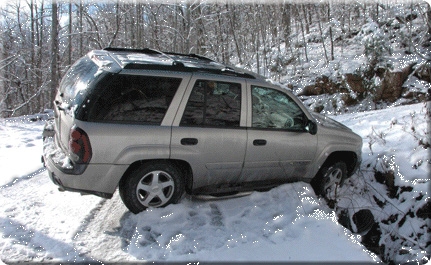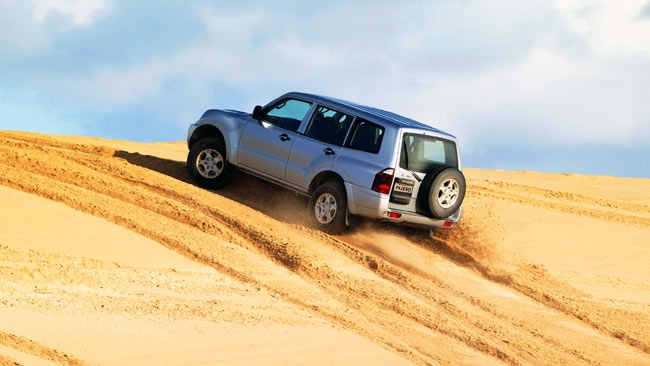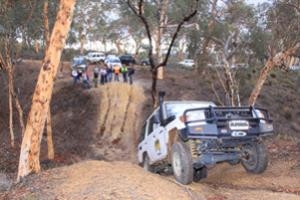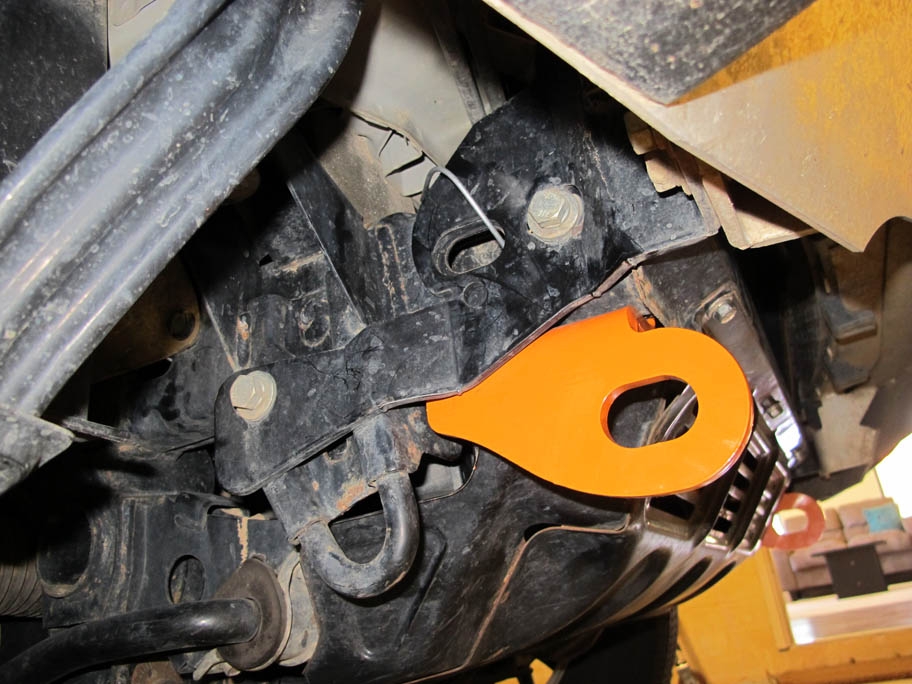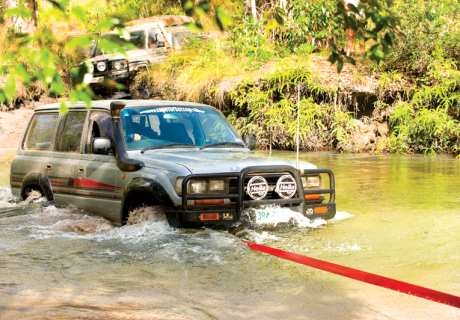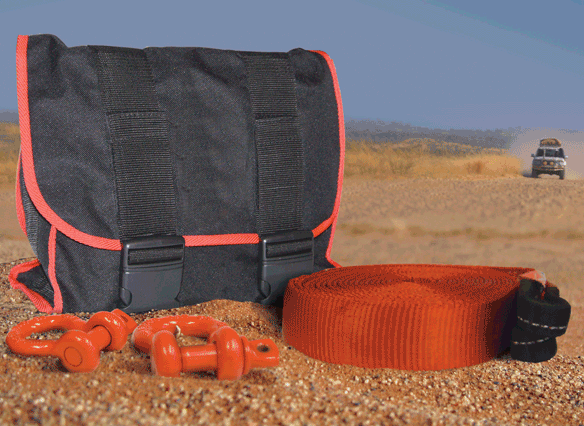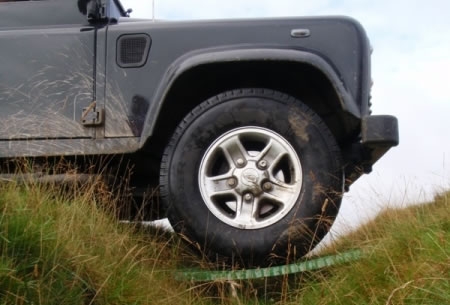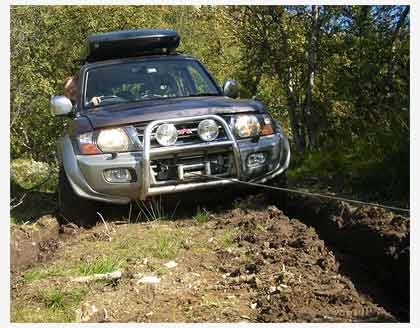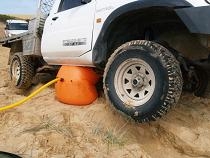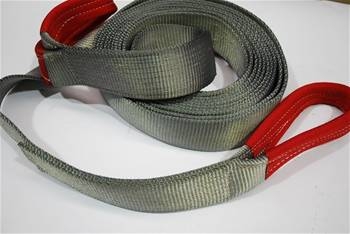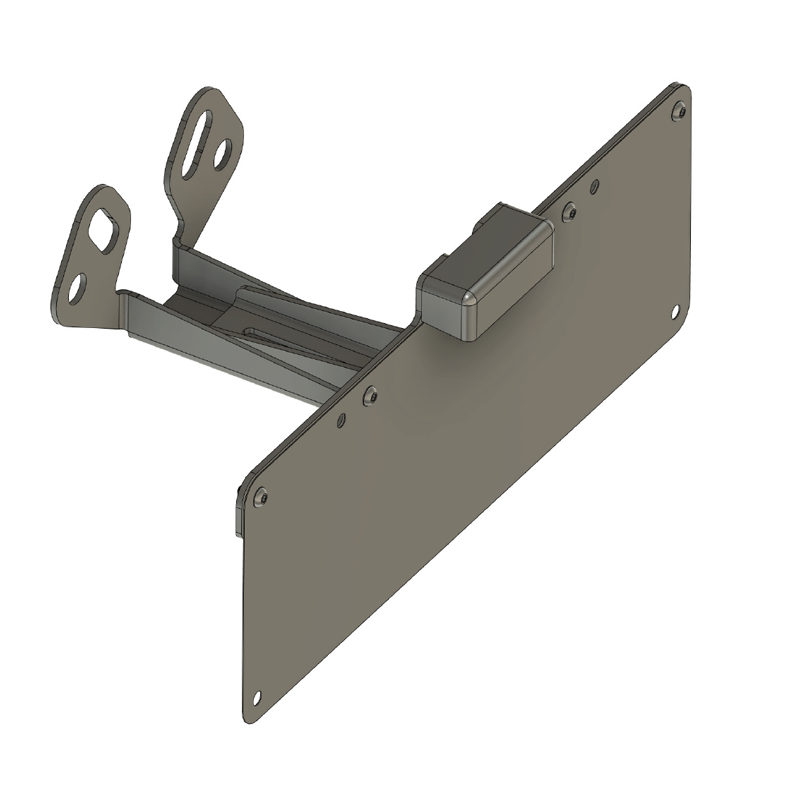Measuring the steering travel of your 4x4 vehicle or Jeep Wrangler is a crucial step before adding an aftermarket hydraulic steering assist system. This measurement ensures that you choose the right hydraulic ram to get the steering assistance that you need. But, don't worry, measuring steering travel is a straightforward process and requires only basic tools.
Tough Techniques
Your 4x4 is your ticket to seeing some of the most beautiful countryside Australia has to offer. You might be thinking, how far can I actually get in my 4x4? It is very important to know the limits of your 4x4 before you set off into the wilderness or onto the beach, especially if you're travelling with only one vehicle.
Is my 4x4 tough enough?
There are two types of 4x4. The soft roader and the proper 4wd. Soft road vehicles are vehicles the do not have a proper 4wd gear box or transfer case. They are often all wheel drive vehicles that don't have low range or much ground clearance. Don’t let that stop you attempting some of the tougher tracks however. We’ve witnessed cars such as Honda CRV’s and Nissan X Trails take on some tracks that would scare the driver of a Land Cruiser or Patrol. Soft road vehicles are especially good for beach driving as their lighter weight keeps them from bogging down in the soft sand. If you do wish to take your soft roader further than the odd gravel or dirt road, remember to be prepared and take the right recovery equipment.
Will my car get damage if I take it off road?
There are many people that are unwilling to take their cars off road for fear of causing damage to it. This is a common misconception that makes a lot of people not use their 4wd for it’s intended purpose. The truth is, if you’re careful, you can have a lot of off road fun without damaging your vehicle. If you’re afraid of scratching the paint on your car, steer clear of trees and scrub that may drag along the side of the vehicle. Bring a hatchet or small axe along so you can cut limbs off trees that will damage your vehicle when the track becomes narrow. Avoid areas with large rocks and boulders. Always take the high route on ruts and deep tracks and you can avoid under body damage completely.
If I take my car on the beach, will it rust?
The secret to avoiding rust on your 4wd when sand driving is - as always - preparation. Have the car sprayed with rust proofing spray, make sure there is no exposed metal and try to spray paint any exposed under body areas. When you are out on the beach, avoid driving in salt water conditions. Try to only drive in fresh water areas and move further up the beach in order to cross in a fresh water area. After you have finished your beach trip, as soon as possible you must get under the vehicle with a high pressure hose. This is very important for rust prevention. Make sure you hose as much of the under body of the vehicle as possible. Be sure to hose areas such as the suspension, body mounts and chassis rails as well as under the engine and drive train. Remove as much sand as possible as any sand left stuck to the car will cause rust.
How To 4x4
Most 4WD vehicles when they are shipped out from the factory drive really nicely with good on-road manners and handling, however... We all like to lift our vehicles 2 or maybe 3 inches to get better ground clearance, get more flex and to fit bigger tyres.
Being able to recover your vehicle is an essential skill for anyone who plans to head off road, but it’s also a potentially dangerous thing to do. A recovery means being around heavy vehicles with powerful engines and uneven or unstable ground, and there will probably be highly tensioned snatch straps involved as well. This all adds up to a lot of potential for serious – even fatal – accidents.
When it comes to differentials or "diffs" in your 4x4, there's a lot of mystery and as to how they are setup and wheather the job should be left up to a professional. In this article we intend to dispell some of the mystery behind your differentials and show you how you can install a locker or regear your diff in your home garage. This guide is based on a Jeep JK Dana 30 front axle but a lot of what is discussed will apply to most 4x4 vehicle diffs out there. Working on an axle is not rocket science, with the right tools and a lot of research, anyone with some mechanical ability can install gearing.
Recovering a stuck vehicle is hard work at the best of times, but if you get it wrong during the recovery – or sometimes if it just isn’t your lucky day – things can end up much worse than they already were. About the worst that can happen is that, in your efforts to recover your wagon, you end up rolling it over. That’s not just an inconvenience that makes recovery a lot harder; it can be extremely dangerous.
There are a lot of things that can contribute to a vehicle rolling over, but the biggie is simple
Nobody ever said Australia was short of challenging landscapes, and not many of them are more challenging than bulldust. This is very fine powdery dust, almost like talcum powder, that tends to form on dirt tracks. You’re most likely to find it in areas where tracks get boggy in the wet, then bake all summer – the north has plenty bulldust.
A lot of people enjoy driving on bulldust. If you like to spend time on a skid pan, you’ll love this kind of surface. For most of us, however, it’s a bit of a pain. Get it wrong on bulldust and you can end up with a messy recovery job, or even a serious accident.
So you’ve just pulled off the dirt onto a bitumen surface to drive on, but suddenly your 4wd refuses to go anywhere. You’ve played with the gears but the transmission is locked. Have you broken it? Well, maybe – but probably not. Most likely you’ve been caught by transmission wind-up.
Transmission wind-up is a pretty obscure problem, and not all vehicles are vulnerable to it. In fact it’s only going to affect you if you have a full-time 4wd vehicle with a diff lock.
A lot of modern 4wd vehicles come with an automatic gearbox, but the best of these also let you change gears manually – and there are still plenty of manual boxes out there, too. A lot of veteran off-roaders swear by a manual, because it gives you a lot more flexibility on really tough terrain. If you’re less experienced, though, you can get into a mess by choosing the wrong gear for the situation. Using a manual on the road is easy; in the bush it can be a bit more complicated.
Sand can be one of the trickiest surfaces to drive on. A lot of that is down to it being unpredictable and giving a lot of variation. Sand can be a firm surface that gives decent grip, or it can be a loose nightmare that will swallow you up to the axles the moment you make a mistake.
It also changes, often very quickly. Dry, loose sand can be firmed up by rain – but if it gets waterlogged, not just wet, it might drag you down even quicker than when it was dry. Wind can move sand surprisingly quickly, turning any dips in the ground into traps full of loose sand just waiting to catch you. But if there’s one thing that can shift the stuff faster than wind, it’s water.
Most off road driving experts talk about tyre deflators a lot – we often recommend them ourselves. Any time you head for the bush you should have a set of deflators in your toolkit; they’ll make life much easier, and help you keep yourself mobile in Australia’s toughest terrain.
Deflators are a pretty simple concept. When you cross soft ground you want lower pressure in your tyres to keep them turning instead of digging in.
A few years ago just about every off road vehicle in Australia had a manual gearbox. That’s changing now thanks to some big advances in automatics; most modern 4wds and Utes come with an automatic option, and in fact sometimes it’s the only option you get.
Manuals still have a lot of fans, though. Many experienced off road drivers won’t go near anything else. No matter how good an automatic is, a properly used manual transmission gives you more flexibility – and that can translate into more pulling power when the going gets really tough.
You’re always going to get the odd bump and scratch if you spend a lot of time driving off road. It comes with the territory, and if your vehicle’s a big rugged touring machine a few minor battle scars are just going to give it more character anyway. Major damage is different, though. A bad smash can cost you a fortune, cause injuries or in the worst case leave you stranded miles from anywhere. And while collisions with other vehicles are the most common cause of major damage on roads, once you venture into the wilderness a much bigger problem is animal strikes.
The first tip we have for off road driving is get out there and do it. Nothing helps you get around the Outback like experience and the only way to get that is to earn it. At the same time it’s not the smartest idea to just head out without knowing a few handy dodges first, so here are a few top tips that will keep you moving while you build up that experience.
So you should know by now just how useful a spotter can be when you’re trying to get across a rough patch, and it’s pretty hard to do without one for rock crawling. Having a mate on the ground to watch your wheels makes it a lot easier to keep moving and avoid getting stuck. At least it does if you can understand what they’re trying to tell you. When you’re sitting in the cab and they’re standing out front, with a big engine roaring away between you both, the chances of you understanding what they’re saying are pretty slim. You could always get some use out of your hands-free kit but who phones someone five metres away? Forget that; the way ahead is hand signals.
So your off-road wanderings have taken you into hilly country. That’s not a problem because you’re in a big, powerful, well-equipped 4wd. You’ve got the grip and grunt to haul you up steep slopes through sand or mud, or pick your way through the rocks all the way to the top. It can be an amazing feeling when you reach that crest and the land opens out in front of you. You can see the next place you’ll be exploring, or jump out and look back at how far you’ve come and the slope you juts climbed. Take a break, enjoy the view then get back behind the wheel. Then ease forward past the crest, push the clutch to the floor and just coast to the bottom.
Actually no, don’t do that.The Outback’s a great place for off road adventures, but it’s not so great when something goes wrong. In fact it’s one of the harshest and most dangerous environments on the planet, so you really don’t want to get in trouble out there. The good news is that almost any problem can be handled if you know what you’re doing and have the right attitude. There are risks, but they shouldn’t stop you getting out there and enjoying yourself; just make sure you’re prepared. If something does go pear shaped here’s our guide to getting it sorted.
If you spend a lot of time exploring Australia you're going to get familiar with unfinished tracks. A good 4wd vehicle will handle most of these easily, letting you get around no problems. A lot of that depends on the condition of the track though. Bad drainage and lots of use by heavy vehicles can tear a surface up pretty quickly, and often this creates the dreaded corrugations. A heavily rutted track can be a real challenge, and worries about safety and what it's doing to their vehicle puts a lot of people off driving on them. It's actually not that big a problem though. Follow a few simple tips and you can cross corrugations safely and without too much discomfort.
Rocky terrain is one of the most challenging surfaces you can cross in a 4wd vehicle, but it can also be a lot of fun. Whether you just need to negotiate a patch of boulders or fancy trying a spot of rock crawling, getting across is satisfying. It's also not all that hard, and by following a few simple tips you'll be able to do it safely.
Driving offroad applies a lot more pressure and force on the steering wheel. When you’re bouncing over rocks or following the ruts in sand or mud, the steering wheel will often pull or jerk side to side. It’s important not to place your thumbs inside the steering wheel.
We’ve seen many people attempt obstacles at higher speeds than what they should be doing. It often ends in disaster. Sometimes the ego kicks in, other times it’s adrenaline. When heading offroad, especially with others around, it’s not a race.
Whether you’re attempting to climb or descend a hill, you might be tempted to try it at an angle. Never do this! Always make sure you’re always attempting the obstacle straight on.
It’s not that likely you’re going to make it up every hill you attempt to ascend in your 4wd vehicle. In this circumstance, you’re going to want a way to get back down the hill to try again.
This is a difficult subject as the “gear” you carry is reliant upon the area you’re travelling in and the number of days you plan on travelling. However, there are a few things you should always carry. We’ve highlighted them in this article.
When driving offroad, often the feeling of steering can be greatly reduced, sometimes to the point of not knowing where your wheels are pointed until you’ve started sliding in the wrong direction!
One of the best things you can do when going 4wding is to have a trustworthy spotter giving direction on what way your wheels are pointing and where you should be pointing them to get yourself through the obstacle.
Tyre pressures are a heavily debated topic amongst 4wd owners. When the time comes to air down tyres the group will pull up and discuss the pressures they’re going to run for the next obstacle. In any case, if you’re airing down, you’re less likely to get stuck.
A critical safety aspect of winching and using a snatch strap is the use of a damper or blanket over the rope. This becomes even more essential when using a wire winch rope, however it is recommended on all winch ropes and straps.
A hotly debated topic amongst 4wd owners, the hill descent is a challenging yet rewarding experience, especially when the surface is wet or muddy.
If you're going to get the most out of your 4x4 driving off road you need to be carrying the best compressor you can. It's OK doing without in a family car, but hitting the wilderness is a whole different game.
Full time 4wd means the vehicle is constantly providing power to all four wheels. Usually power is shifted between the front and rear axles as needed by the transfer case and center diff. This provides the best traction in both dry and slippery driving conditions. This requires no action from the driver to activate. Some Toyota and Nissan vehicles are full time perminant 4wd.
Full time 4wd means the vehicle is constantly providing power to all four wheels. Usually power is shifted between the front and rear axles as needed by the transfer case and center diff. This provides the best traction in both dry and slippery driving conditions. This requires no action from the driver to activate. Some Toyota and Nissan vehicles are full time perminant 4wd.
The first thing to remember when performing any kind of recovery on a 4wd vehicle is safety. Always follow the instructions provided with any kind of recovery equipment and do not use the gear if it has been damaged. Check to make sure straps do not have knots or tears in them and check all surroundings for by-standers. If something does go wrong, you need to be sure that everyone remains safe.
One of the most enjoyable things you can do with your 4wd is a water crossing. It can also be one of the most challenging and expensive. In this article we discuss the do's and don'ts of water crossings.
In todays article we talk about the different types of mud you may encounter and how you need different driving techniques and equipment to tackle it.
Ground clearance and suspension travel are of the main criteria when driving on rocky ground. High ground clearance allows the larger rocks to pass underneath without contacting vulnerable vehicle parts while nice suspension travel allows the wheels to stay in contact with the ground. Heres a few more tips to help you stay safe.
Driving a steep hill can be a risky behaviour. It is important to take precautions before driving hills in your 4wd vehicle. We have accumulated some techniques for hill driving that will help you tackle that next hill.
Conserving momentum is the fundamental principal of sand driving. In this article we discuss sand driving tips and techniques to prevent you getting stuck.
4wd vehicles come in all different shapes and sizes. Often vehicles have different features and equipment, however there are several features that they all have in common. This article aims to define the basics you should know about your 4wd before attempting to go off-road.
4wd Recovery Techniques
Talking to friends in the northern hemisphere, some of them are really grateful they own 4wds right now. Having a proper off-roader lets them keep driving when lesser cars give up. Unfortunately even the toughest vehicle isn’t immune to snow and ice, and if you do a lot of winter driving you’re probably going to get a bit stuck sooner or later. If that happens, unless you know how to get yourself out again it’s going to be a frustrating – and even dangerous – process.
If you want to know what "sinking feeling" really means, try driving into a patch of deep mud. Suddenly it feels like your wheels have been dipped in glue, the steering stops working, your vehicle starts to settle and speed falls off. Before you know it you're stopped. And stuck. If you go off road in wet weather you're going to have this experience sooner or later, so you need to be prepared for it. Part of that is having the right gear to get yourself out; you also need to know what to do. Trial and error is not the way to go when you have a couple of tons of vehicle up to its axles in mud. We thought we'd put together a few tips to help you out.
We’re big fans of trailers and caravans; why limit yourself to the space inside your vehicle when it has the power to haul a whole load more gear behind it? The bush isn’t always a kind place to equipment though, and if you haul a trailer through it for long enough eventually something’s going to break. Then what? Do you give up, call the AAC and wait for a tow home? There’s no need for that. With a few spares and simple tools you can be on the move again in no time.
When there's snow on the ground a good 4wd vehicle is the best way to get around. Even then you're not invulnerable though – with enough snow in the wrong place, anything can get stuck. Not to worry, if you do manage to get yourself bogged in the white stuff it's usually possible to get going again before spring comes and it all melts. Here are our top tips for getting yourself out of winter dramas.
Driving in sand can be a lot of fun. If you ever get the chance to go dune running in the Sahara or the Empty Quarter, take it. It can also be pretty easy. Hard-packed sand is a fairly good surface for driving and you shouldn't have any dramas as long as you remember not to brake too sharply. Loose sand is a different matter though. Even a great driver can easily get stuck. Dunes or loose patches will trap you unless you keep some momentum, and if you lose it you're probably going to come to a halt pretty quickly. Getting going again can be a challenge.
The first rule of keeping moving through difficult ground is keep the engine running. Sometimes it doesn’t want to, though. Put too much strain on it and any engine can stall. When we first started driving most of us probably stalled at the lights a few times. That’s always a bit of a red face moment. Go off road and stalling becomes a lot easier, though. Picking your way slowly across rough ground and a fast-changing surface will give you plenty of opportunities to feel that sudden jolt and experience unexpected and unwelcome silence. Luckily we have a few tips (and yes, they’re based on experience) on how to get moving again.
When you need to tow a normal car it’s pretty simple to set up – just fasten a tow rope or strap to the towing point in the front bumper and away you go. If you’re towing your 4wd on the road the same drill works fine. That’s not the only kind of towing an off road vehicle can expect, though. Most of us who like to get away from it all have spent some time standing beside a bogged in Ute or Land Cruiser wondering what to do next, and often the solution involves complex operations with winches or fixing a big strap to a mate’s wagon and getting dragged out of there. When you get into that sort of stuff you need somewhere secure to attach the towing gear, and your standard tow points aren’t always up to the job.
Half the fun of a 4wd is that you can take it almost anywhere. Rivers, rough ground or thick bush that would defeat a normal car… no worries, just drive on through. A well set up off road vehicle can really get around. Of course it’s not invincible and if you enjoy getting away from it all then sooner or later you’re going to find you’re stuck. Now here’s a nice test of your outdoor abilities – can you get moving again?
Recovery straps are a vital part of any 4wd equipment list. It is important to know what you're getting when you buy your next recovery strap. In this article we explain the differences between Recovery Straps, Snatch Straps, Winch Extensions, Tree Trunk Protectors and Equalizer Straps.
Tyre repair equipment is not often thought of when packing for a trip. Often people will think the old spare tyre on the back of the truck will do the job and get them out of trouble, and in many cases it will. However, tyre repair equipment is as essential as a snatch strap when it comes to four wheel driving. There are many options when it comes to buying tyre repair products and we aim to show you a few with this article.
Outback Australia can be a very inhospitable place. If you find yourself in the middle of a trip without being prepared for recovering your vehicle from sand, snow or mud, you might be in for a long night. So which sand ladder or track type recovery device is right for you? We've put together this comparison of products available from retail stores and online.
Sometimes a snatch recovery is not practical or could prove too dangerous in the event the car may roll or become damaged during the recovery. Often a more controlled and slower approach is required.
Using a jack to recover a vehicle is done when a wheel is able to removed from a rut if the car is stuck on its underbody. Often the vehicle will be jacked up and lifted out of the holes it is in. Once lifted, the holes under the wheels can be filled with dirt / sand / logs etc in order to enable the car to drive out of the bog.
A stuck vehicle can be recovered using a product called a snatch strap. The strap is used to pull the bogged vehicle free. The strap is not tensioned before the recovery takes place. Instead the strap is laid loose and the tow vehicle is used to tension the strap like a rubber band. The stuck vehicle is “snatched” free and pulled to safety.

